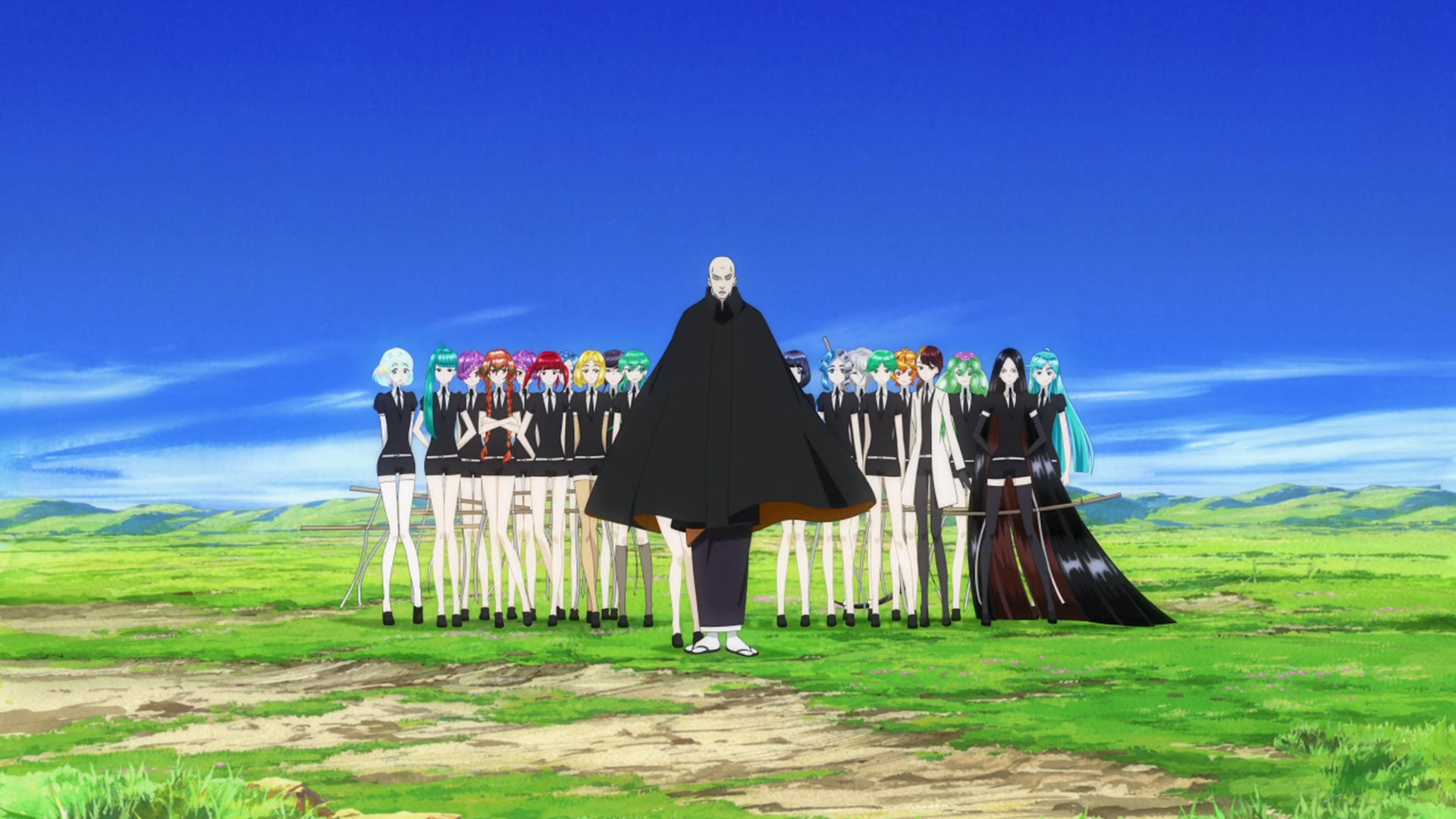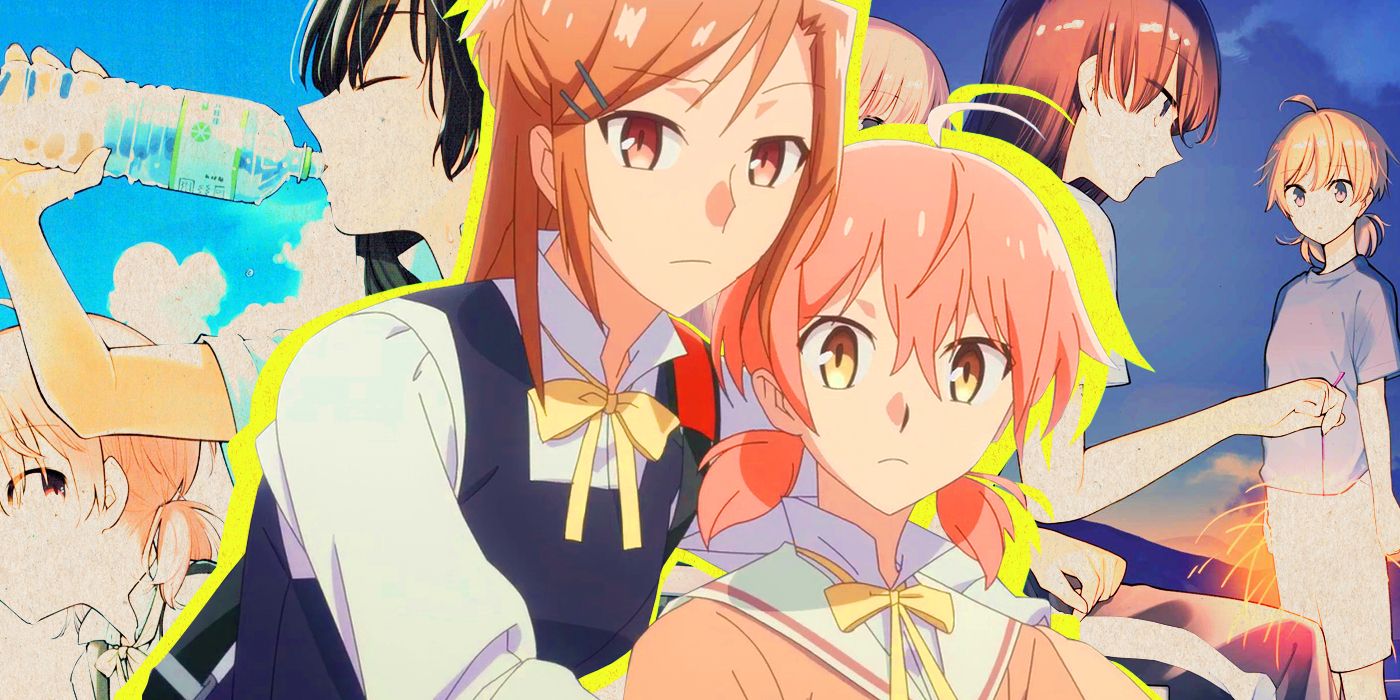Neon Genesis Evangelion manga? Yo, it’s way more than just robots and giant monsters, dude. This ain’t your average shonen manga; we’re talking mind-bending psychological drama, killer art, and a story that’ll leave you seriously questioning everything. Get ready to dive deep into the differences between the manga and the anime, explore the complex characters, and unpack the seriously heavy themes that made this series legendary.
Prepare for a wild ride!
We’ll break down the manga’s publication history, comparing its reception to the anime’s massive popularity. We’ll dissect the plot twists that separate the manga from the show, analyze the character development (especially Shinji’s total meltdown!), and explore the unique artistic style that sets it apart. Plus, we’ll unpack the symbolism and themes – think existential dread, isolation, and the whole shebang.
This ain’t your grandma’s manga, trust us.
Neon Genesis Evangelion Manga: A Deep Dive
Yo, fellow Evangelion fanatics! Let’s break down the NGE manga – it’s like the anime, but with a totally different vibe. Think of it as the director’s cut, but on paper, and way more brutal. This ain’t your grandma’s mecha anime; it’s raw, it’s real, and it’s gonna leave you thinking.
Manga Publication History and Reception
The Neon Genesis Evangelion manga, illustrated by Yoshiyuki Sadamoto (the same dude who did the character designs for the anime!), had a pretty epic run. Serialized in
-Young Ace* magazine, it started in 1995 and, unlike the anime, didn’t exactly wrap up quickly. It had a much longer publication timeline, stretching over several years with various compilation volumes released by Kadokawa Shoten.
The reception was…interesting. While the anime sparked massive global fandom and critical debate, the manga garnered its own dedicated following, but the response was more nuanced. While some praised its darker tone and unique narrative choices, others felt it strayed too far from the anime’s core themes. This divergence actually became a key point of discussion amongst fans, leading to passionate debates about which version was “better.”
Further details about case closed manga is accessible to provide you additional insights.
| Publication | Reviewer | Summary of Review | Overall Rating |
|---|---|---|---|
| Anime News Network | [Reviewer Name – Example: Theron Martin] | Positive review highlighting the art and darker themes, but noting differences from the anime. | [Rating – Example: 4/5] |
| [Manga Review Site] | [Reviewer Name] | Critique focusing on character development and narrative changes. | [Rating] |
| [Another Manga Blog] | [Reviewer Name] | Comparison with the anime, emphasizing the manga’s unique strengths and weaknesses. | [Rating] |
Plot and Narrative Differences from the Anime
The manga and anime share a basic premise – giant monsters attacking Earth, and teenage pilots in giant robots fighting back – but the journey is wildly different. The manga takes a much darker, more psychological approach, delving deeper into the characters’ inner turmoil. Key plot points deviate significantly; for example, the backstory of certain characters is expanded upon, and some pivotal events are handled completely differently.
- Angel Encounters: The order and nature of Angel encounters often differ significantly.
- Character Relationships: The dynamics between Shinji, Asuka, and Rei evolve in unique ways, impacting the overall narrative.
- The Ending: The manga’s conclusion is markedly different from the anime’s, both in terms of plot resolution and thematic implications.
- Anime Ending: Focuses on Shinji’s personal growth and acceptance of his reality, with a somewhat ambiguous resolution.
- Manga Ending: Presents a more conclusive resolution, but with a bleak and cynical undertone. The emotional impact is very different.
Character Development and Relationships, Neon genesis evangelion manga
Shinji’s journey in the manga is a brutal descent into self-discovery, amplifying his emotional fragility and showcasing his struggles with depression and isolation. Rei, too, is portrayed with more depth, and her relationship with Shinji takes a more complex turn. The interplay between Shinji, Asuka, and Rei is a central element, and the manga explores their dynamics with a raw honesty that contrasts with the anime’s often more symbolic approach.
| Character Name | Manga Personality | Anime Personality | Key Differences |
|---|---|---|---|
| Shinji Ikari | More withdrawn, deeply insecure, and prone to self-destructive behavior. | Similarly insecure, but with moments of surprising resilience and defiance. | The manga emphasizes Shinji’s vulnerability and his struggles with depression to a much greater extent. |
| Rei Ayanami | More emotionally complex and capable of showing vulnerability, though still enigmatic. | More of an enigma, her emotions remain largely hidden. | The manga allows for glimpses into Rei’s inner world, hinting at a deeper emotional range. |
| Asuka Langley Soryu | Her arrogance and pride are even more pronounced, masking deep-seated insecurities. | Arrogant and fiercely independent, but with underlying vulnerability. | The manga portrays Asuka’s defenses as even more brittle, highlighting her desperate need for validation. |
Artistic Style and Visual Elements

Sadamoto’s art style is instantly recognizable: clean lines, elongated figures, and a focus on expressive eyes. Panel layouts often utilize dramatic angles and close-ups, amplifying the emotional intensity of the scenes. The manga’s visual style complements its darker, more psychological tone, contrasting with the anime’s sometimes more dynamic and action-oriented aesthetic. The use of negative space and detailed backgrounds adds to the overall atmosphere.
Example 1: A close-up of Shinji’s face, tears streaming down, reflecting his internal turmoil. The starkness of the panel emphasizes his despair.
Example 2: A wide shot depicting a desolate landscape after an Angel attack, showcasing the scale of the destruction and the characters’ helplessness.
Example 3: A panel showing Rei’s quiet contemplation, her expression unreadable, creating a sense of mystery and unease.
Thematic Exploration and Symbolism
The manga dives deep into themes of isolation, depression, and the search for meaning in a chaotic world. It uses symbolism to convey these themes, often in more subtle and nuanced ways than the anime. The recurring motifs and imagery add layers of meaning to the narrative, encouraging deeper reflection on the characters’ experiences and the larger existential questions posed by the story.
- Isolation: The characters’ struggles with loneliness and their inability to connect with others is a central theme.
- Depression: The manga explicitly portrays the characters’ mental health struggles, particularly Shinji’s despair.
- The Nature of Humanity: The story explores the complexities of human nature, examining both our capacity for cruelty and our potential for compassion.
- Existentialism: The manga delves into questions of purpose, meaning, and the human condition.
So, there you have it – a glimpse into the awesome, mind-bending world of the Neon Genesis Evangelion manga. Whether you’re a long-time fan or a curious newbie, this manga offers a unique and intense experience that’s unlike anything else. It’s a complex, challenging, and ultimately rewarding read that will stay with you long after you finish the last page.
Now go forth and question everything!




